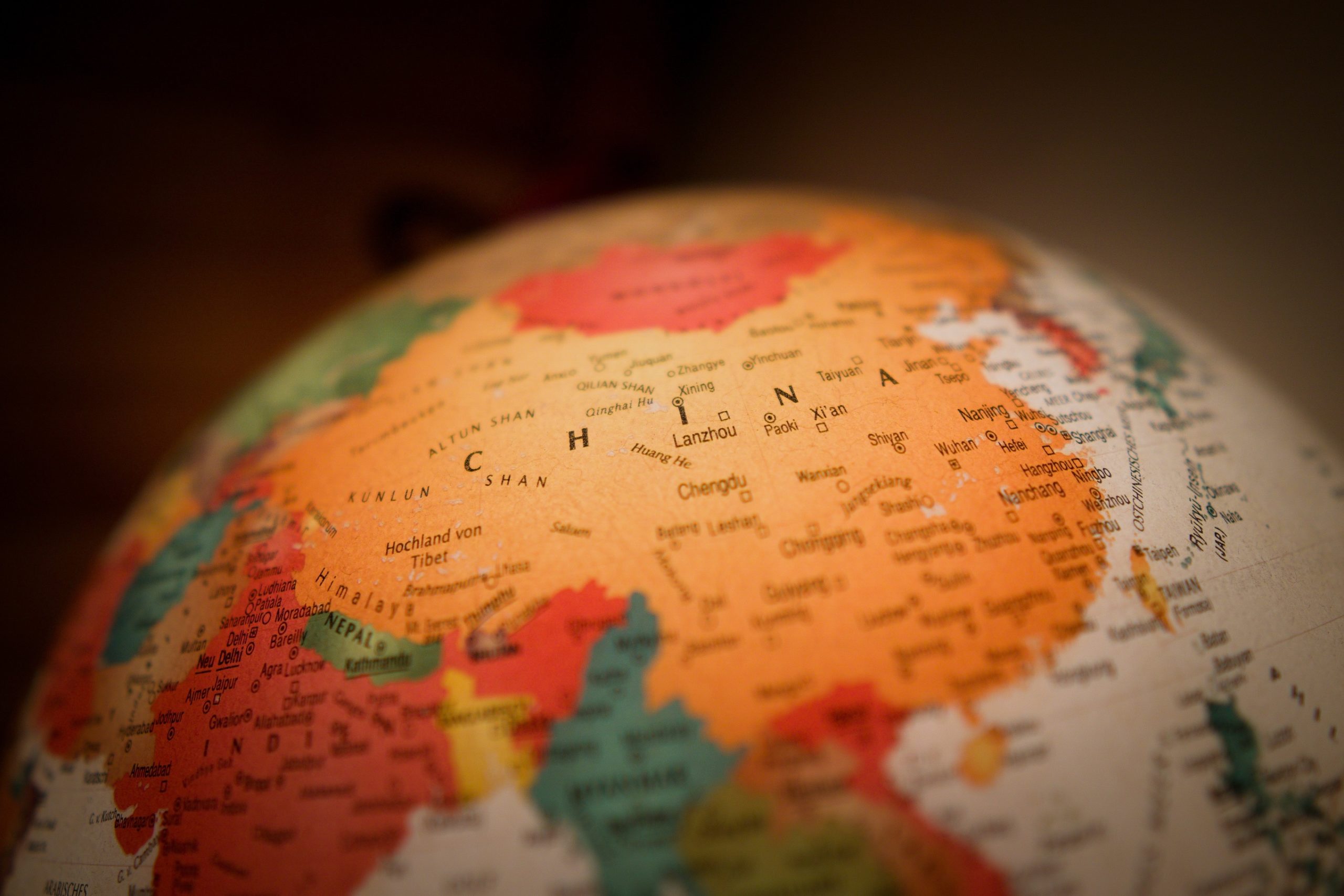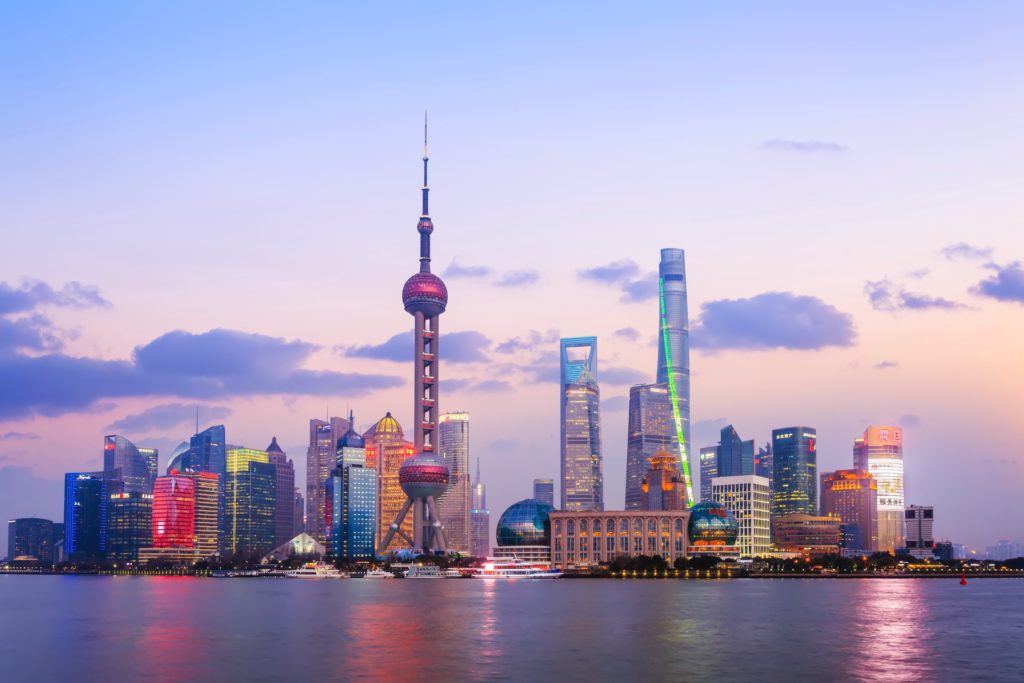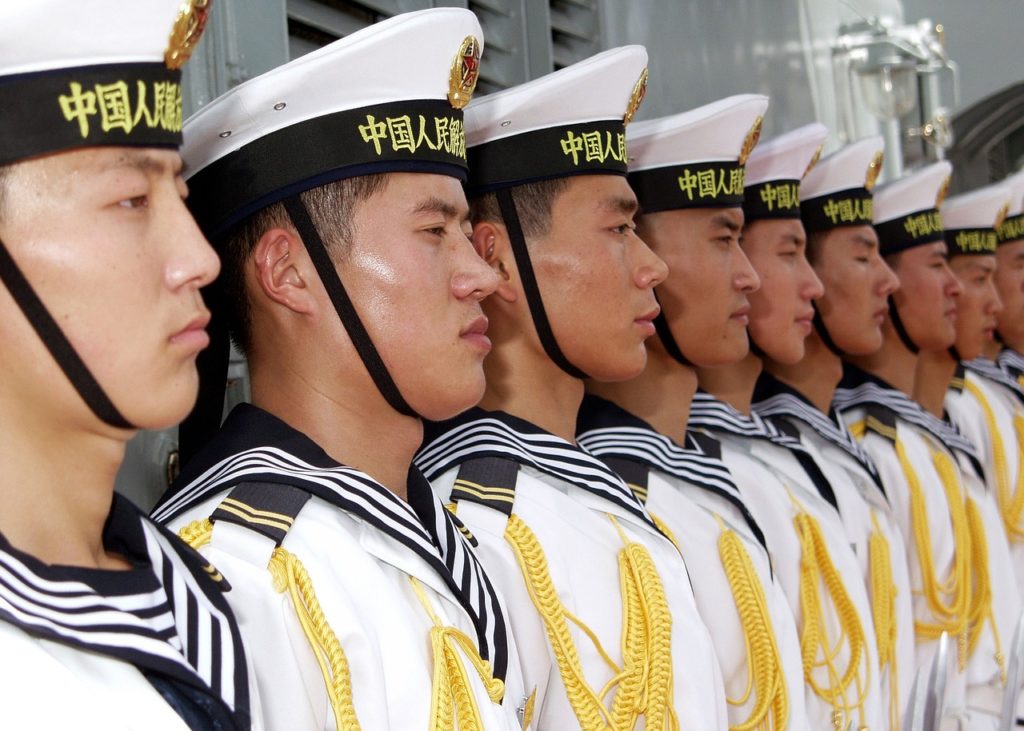
China’s growing economic and political power has raised concerns about its influence in the United States. From trade and investment to education and cultural exchange, China has been actively expanding its reach in America. This blog post will explore China’s primary goals and how China is exerting influence in the United States.
The People’s Republic of China is one of the world’s most populous and economically powerful nations, with a history dating back over 5,000 years. In recent decades, China has emerged as a significant player in global affairs, with a growing economy, military power, and strategic foreign policy.

Economic Development and Influence
One of China’s primary goals is to continue developing its economy and increasing its global influence. China has become the world’s second-largest economy and the largest trading partner of many countries in Asia, Africa, and Latin America. The Belt and Road Initiative, announced in 2013, is one of the most significant initiatives of this kind, which aims to create a transportation and communication infrastructure network across Eurasia, connecting China to Europe and Africa. China seeks to increase its economic influence through this initiative and build stronger relationships with specific nations while exceeding the power influence of Western nations.
Military Power and Territorial Claims

China also focuses on increasing its military power and defending its territorial claims. The South China Sea, home to some of the world’s busiest shipping lanes, is a significant source of territorial disputes. China has claimed most of the sea, a claim contested by several other countries, including Vietnam, the Philippines, and Taiwan. China has built several artificial islands and military bases in the South China Sea, which has led to tensions with the United States and other countries in the region.
Regional and Global Governance
China has also become increasingly involved in regional and global governance, seeking to shape the rules of the international order. China is a permanent United Nations Security Council member and has actively participated in the World Trade Organization, the International Monetary Fund, and other international organizations. China has also created its own international organizations, such as the Shanghai Cooperation Organization and the Asian Infrastructure Investment Bank, which aim to increase China’s influence in the region and promote Chinese-style governance.
Influence on the United States
One area where China has been increasing its influence in the United States is through trade and investment. China is the United States’ largest trading partner, with goods and services trade between the two countries totaling over $600 billion in 2020. However, China’s trade practices have been controversial, with some critics arguing that China engages in unfair trade practices such as currency manipulation and intellectual property theft.

China’s investment in the United States has also been a concern. Chinese companies have been investing in American businesses, real estate, and infrastructure at a growing rate. While some see these investments as a positive development that can create jobs and boost economic growth, others worry that they give China undue influence over American industries and resources.
Another way China exerts influence in the United States is through education and cultural exchange. China is one of the top sources of international students in the United States, with over 372,000 Chinese students studying in American universities in 2019-2020. China also funds Confucius Institutes in American universities, which offer language and cultural programs. Some have criticized these institutes as a tool for Chinese propaganda and influence.
China’s influence in American media and technology has also raised concerns. Chinese companies such as Tencent and Alibaba invest significantly in American media and technology companies. Some critics argue that this gives China a platform to shape public opinion and influence the flow of information in the United States.
Finally, China’s human rights record has also been a concern for many in the United States. The U.S. Government and human rights organizations have criticized China’s treatment of its Uighur Muslim minority, its crackdown on pro-democracy protests in Hong Kong, and its territorial claims in the South China Sea.
Conclusion
China’s goals in the world are multifaceted and reflect its growing economic, military, and political power. This economic and political power has led to concerns about its influence in the United States. From trade and investment to education and cultural exchange, China continuously expands its reach in America. It is essential for the United States to remain vigilant about China’s activities and to protect American interests and values. As with any relationship between two powerful nations, there are both opportunities and challenges, and it is up to leaders on both sides to navigate them with transparency, diplomacy, and mutual respect.





